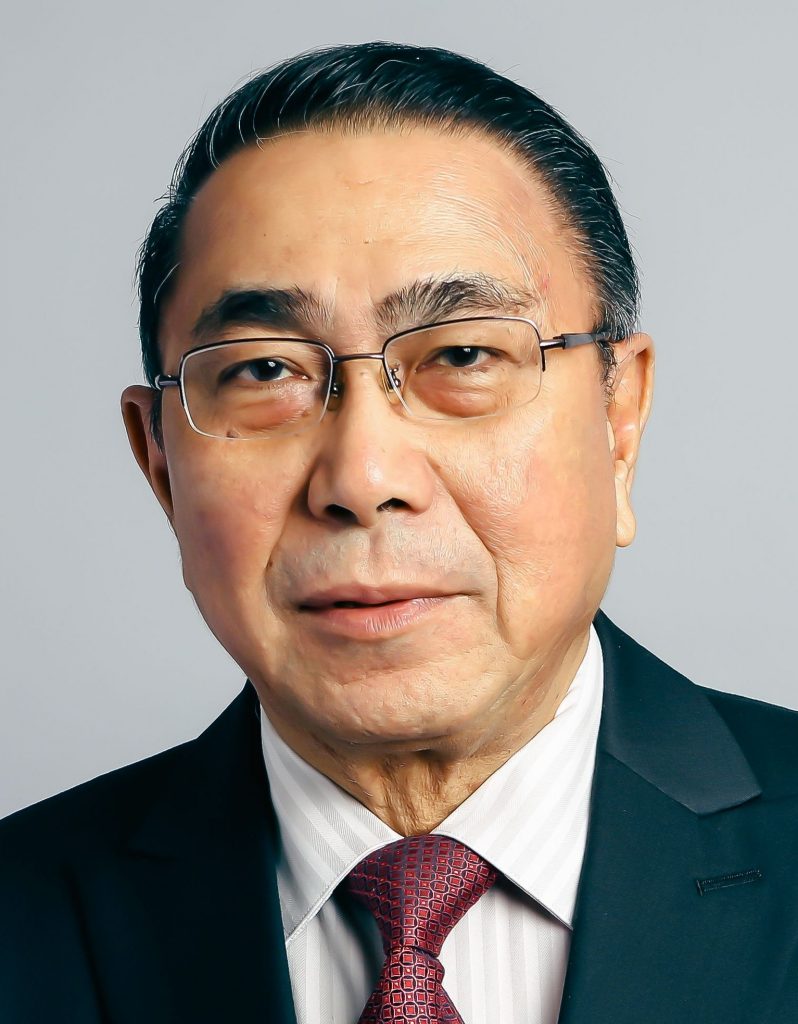
Following the norms of Indonesian grammar, empathic in the title above is an adjective that describes the noun communication. So, what the title implies is communication that is carried out with empathy. That is, putting yourself on the side of the other person, understanding their feelings. Its application is generally in matters of health and grief or other things that could be frustrating or emotional. The purpose of empathetic communication is to calm the audience or the person we are talking to.
In this article, in addition to examples from several international health institutions, I will share my own empathic communication experience. Twelve years ago, during one of my routine annual health checks, an ultrasound scan showed a bulge in my left kidney. The internist who examined me suspected that this was an indication of cancer. To be sure, I was asked to do a CT scan.
After seeing both results, the internist was convinced that the bulge in my kidney was cancer. However, to be more sure, I was referred to a urologist (urinary tract specialist), because the kidney is an organ that falls within this field of expertise. The urologist saw the ultrasound and CT scan results and supported the internist’s opinion that the lump in my kidney was cancer.
It was like being struck by lightning hearing this verdict from a specialist, but what was equally shocking was what was said next, “Your left kidney needs to be removed. I happen to have an empty schedule next week. Please get in touch with the administration for registration.” I tried to bid. The bulge is visible at the lower end of the left kidney; can’t you just cut that part off? The doctor remained firm, “I can’t. The entire left kidney had to be removed.” In my mind I thought, this doctor was talking about taking my kidney as if it’s the same as lifting a package.
Being Humane
I decided to ask for a second opinion from a doctor in Singapore, on the advice of another doctor in Jakarta who had relations in the neighboring country. There, I was accepted by the Head of Urology of a hospital associated with the country’s leading public medical school. The doctor agreed with the diagnosis of his colleagues in Indonesia. However, once again to be more sure, he would like to do another scan with a contrasting agent. The results further confirmed the diagnosis of cancer.
Again, I asked, do you need to remove the whole kidney? To which he replied, “I can’t determine that right now. A pathologist will be present at the operation. He is in charge of deciding whether it is sufficient to cut only part of it. But rest assured that we will do our best to prevent your kidney from having to be completely removed.”
The Sunday night before the operation, the Head of Urology visited my room at the hospital with the Head of Anesthesia. They asked how I was and also said that they would be the ones who would perform the operation the next day.
After I woke up from the 6-hour surgery, the first question I asked the surgeon, who is also the Head of the Urology Department, was, “Do I still have both of my kidneys, Doc?” He smiled and said, “Yes, you do. It took a long time as we were being very careful. We cut only 1 millimeter below the cancer cells. You are lucky it was detected early on. It turns out that this cancer is a very deadly type of carcinoma, but metastases (break and spread) have not occurred. If it has metastasized, even chemotherapy will not help.” The next day, I received a letter from the hospital asking for approval for the cancer cells to be donated to the affiliated university for scientific research, and I immediately agreed.
After three years, I was declared cancer-free because the cells had not spread yet. What impressed me was not the physical appearance of the state hospital, which had a simple interior. The very humane treatment of the two doctors who were so empathetic left a deep impression. They understand that cancer surgery is terrifying for patients. Even on a Sunday night, they took the time to visit to calm and reassure the patients. So, I did not hesitate at all to undergo surgery. After being given the anesthetic, I was asked to count to ten. It felt like I had just reached the number five, and I was already unconscious.
Risk Communications
The Centers for Disease Control and Prevention in the United States is the central government agency charged with maintaining public health, primarily by preventing and mitigating infectious diseases. In its handbook for handling Crisis and Emergency Risk Communications, there are seven cardinal rules for Risk Communications described. The sixth guideline explicitly states the need for empathy in communication.
The guideline is as follows: “Technical language and jargon are beneficial for communication among experts because it shortens the process, but those become barriers in communications with common people. In low-trust, high-concern situations, empathy and caring carry more weight than numbers and technical facts.”
The COVID-19 pandemic has created low-trust, high-concern situations, therefore empathetic communication is essential. This factor is also highly regarded at the Cleveland Clinic, a non-profit renowned private health institution in the United States. With the COVID-19 outbreak, the Cleveland Clinic established the Center for Excellence in Healthcare Communication. Their role is to make sure all nurses communicate with empathy. And, for that, they published a manual, in addition to providing training to the nurses. Empathetic communication in health matters may serve as an example for us in Indonesia, both for public officials and health workers.
Noke Kiroyan
Chairman & Chief Consultant, Kiroyan Partners
This article has been published in PR Indonesia magazine 77th Edition, issued on August 2021, pages 56-57.
Download the clipping here.



